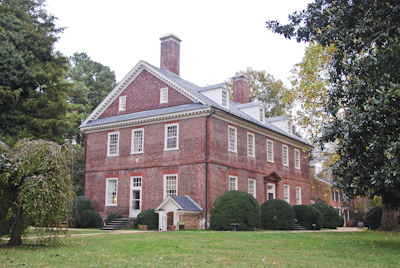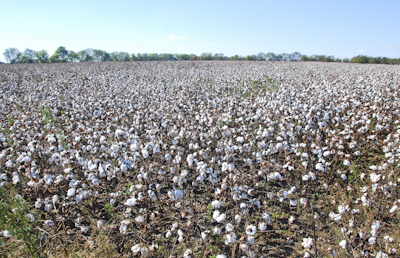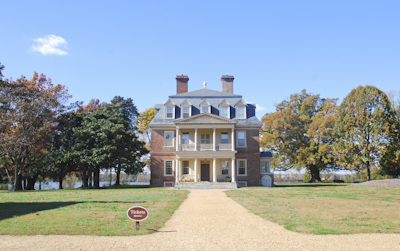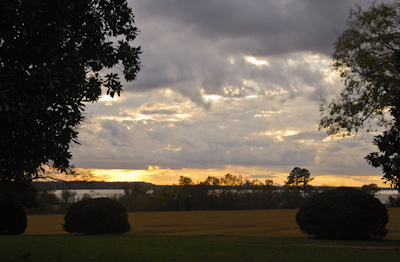Many southern plantations exist today along both sides of the James River in Virginia. Several are open to the public on a regular schedule and others are ‘by appointment only.’ Some of the plantations are currently working farms, while some are private dwellings. After studying about plantation economy in Colonial Virginia all week, I wanted to see them firsthand.
On our way back to New York, we meandered along scenic Route 5, which parallels the north shore of the James River, and stopped at two Virginia plantations. The first one we visited was the beautiful Berkeley Plantation. A costumed docent gave us a tour of the first floor of the main house.
The Georgian-style mansion was built in 1726 and was the birthplace of two American presidents: William Henry Harrison and Benjamin Harrison. The plantation had a long colorful history and claims to be the location of the Colonists’ First Thanksgiving in 1619.
Closer to Richmond, we turned into the driveway at Shirley Plantation and were surprised to see a huge cotton field. I didn’t know that cotton grew as far north at Virginia and it seemed late in the year. The weather was chilly this week with temperatures in the 40s at night.
Cotton plants are almost unreal because the cotton balls seem to poof out from the hard stems. During the lectures this past week, we learned about the enslaved African people who did the backbreaking work of picking cotton and how important their work had been to the economy of our young country.
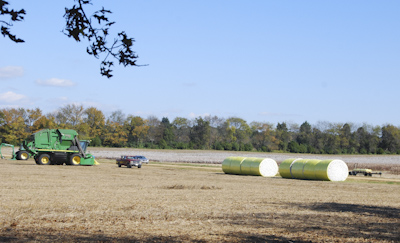 Modern Cotton Picking & Bailing
Modern Cotton Picking & Bailing
Further along the road there were several more vast cotton fields and a large harvesting machine at work picking the cotton. The green machine, with one driver, drove through the field and created the huge cylindrical bales of cotton.
We followed signs to a parking lot and walked toward the James River. Another sign directed us to an out-building where we bought tickets for a guided tour of the main house. We learned that the 11th generation of the original Carter family still lives on the top two floors of the mansion. The descendants of “King” Carter, the land baron of the early 1700s who owned hundreds of thousands of acres in the region, were vacuuming upstairs during our tour of the first floor.
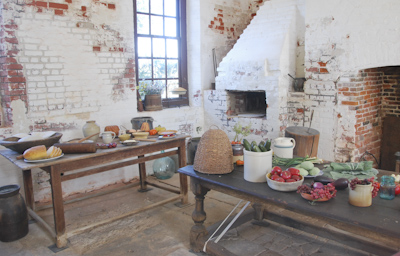 Kitchen Building at Shirley Plantation
Kitchen Building at Shirley Plantation
The original kitchen was in one of the outer buildings and set up with plastic food. There were several other buildings which had been used for storage of grain and tobacco. The other buildings included a large ice house, a dovecote, and barns for goats, sheep and horses. It had been an interesting and informative week.

